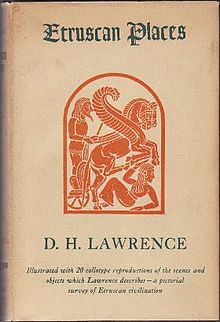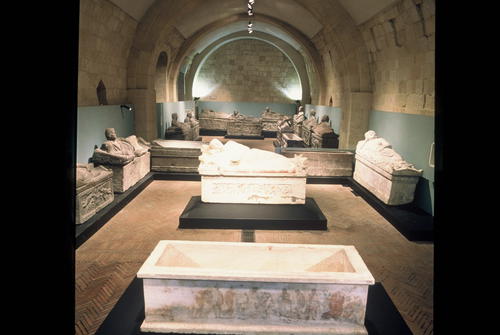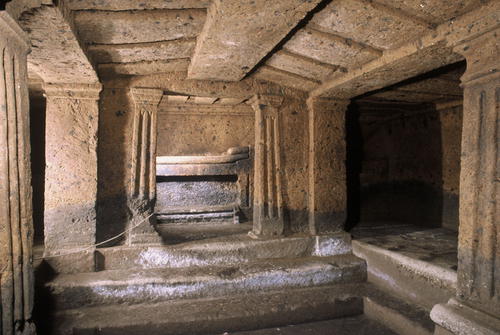Ancient Etruscan Necropolis Reopens to Public

A two-million euro investment by the Italian state and the European Union has made possible the reopening of the Etruscan Necropolis of Banditaccia at Cerveteri, a UNESCO World Heritage site, July 4, 2014. The restoration includes previously-enclosed tombs and a new welcome center. One of the highly-anticipated spectacles is the renovated Tomb of the Painted Lions, a 7th-century BC tomb filled with frescoes devoted to the regal feline.
The heritage site is situated in the cradle of the Etruscan Civilization, and now restored pedestrian foot paths allow for a thorough exploration of the ancient ruins. The pathways include La Passeggiata di Lawrence, named after writer D.H. Lawrence whose book Etruscan Places inspired the site’s rediscovery.

The Etruscan people lived in the first millennium BC between the Tiber and Arno rivers in today’s regions of Umbria, Lazio and Tuscany. This particular heritage site is located just north of Rome, making it a prime destination for Italians and tourists alike. It is home to over 1,000 tombs organized in a city-like plan, with streets, small squares and neighborhoods. The site contains a variety of types of tombs: trenches cut in rock and some carved out of rock in the shape of huts or houses with an abundance of intricate and ancient structural details. These tombs are the only surviving evidence of Etruscan residential architecture, giving visitors a truly outstanding experience of ancient history.


Lorenzo Croci, Cerveteri’s sustainable-development councilor, stated, “Few people know this but this is the largest archaeological site in the world, even bigger than the Valley of the Kings in Egypt. Today we have 65,000 annual visitors. We want double that, and for the site to receive the recognition it deserves.”
–Marissa Bondi
